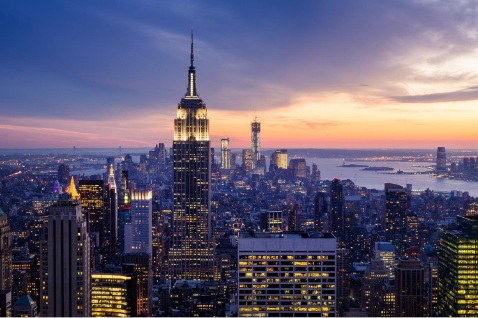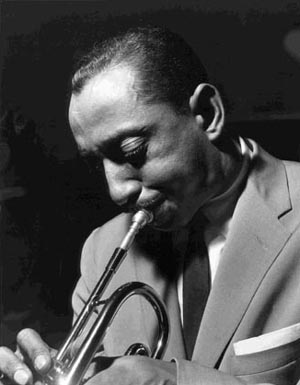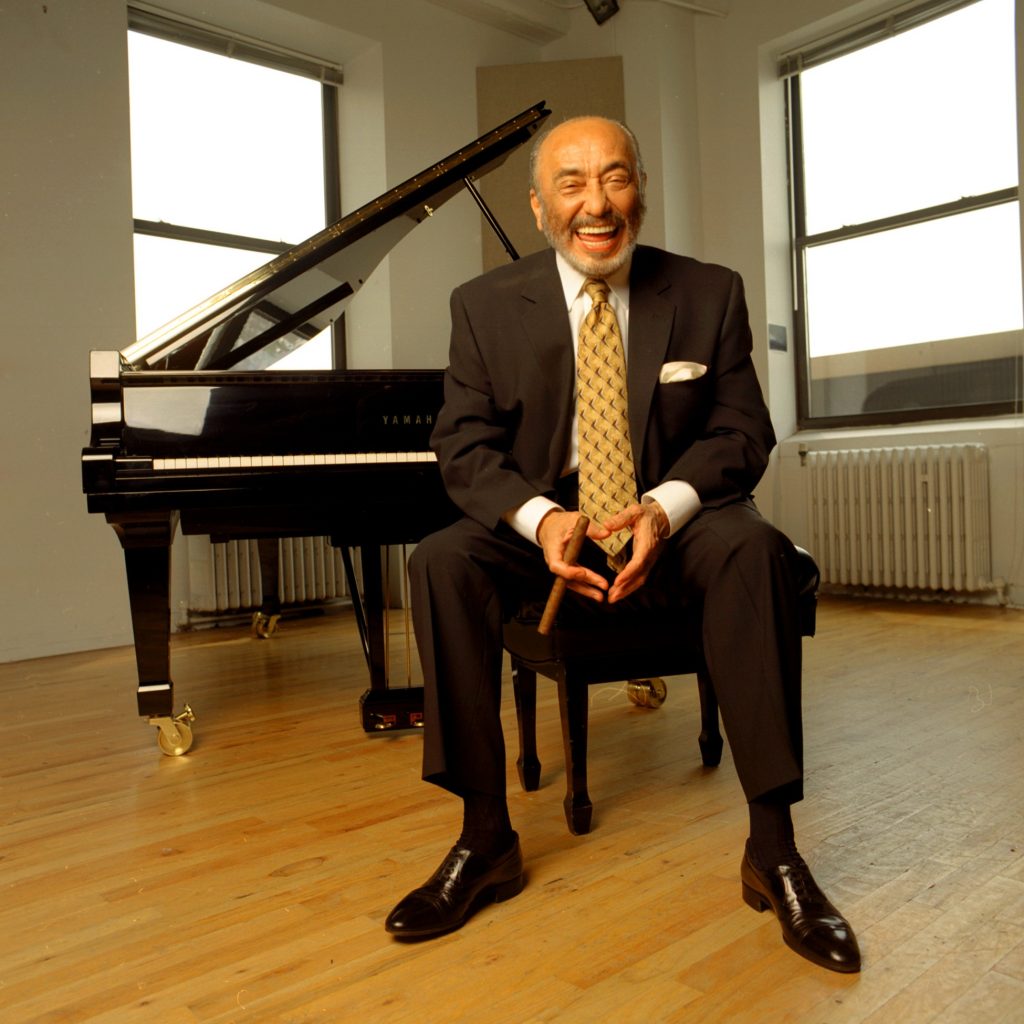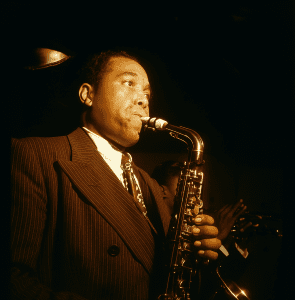Afro-Cuban culture, Blog, Cuba, Cuban Jazz, Jazz on the Tube Interview, Latin Jazz, The Cuba-US connection, Video and audio
Interview
Download the mp3 here
Ken talks with jazz veterans Jane Bunnett and Larry Cramer about their musical odyssey in Cuba which began over 30 years ago in 1982.
You will not find North Americans anywhere who have a deeper connection with the island, its music and its musicians.
If you’re at all interested in Cuba and its music, lock the door, turn off the ringer on your phone and dig in. Don’t miss this.
Two excerpts from the documentary “Cuban Odyssey: Spirits Of Havana” about Jane and Larry’s musical adventures in Cuba.
Jane and Maqueque, an extraordinary band of young Cuban musicians recording and on tour in North America.
You can learn more about Maqueque here.
– Ken McCarthy
Jazz on the Tube
P.S. Our unique programming is made possible by help from people like you. Learn how you can contribute to our efforts here: Support Jazz on the Tube
Thanks.
Afro-Cuban culture, Blog, Cuba, Cuban Jazz, Latin Jazz, The Cuba-US connection

If you can’t make it to Cuba, but are in or can get to New York City, you can experience one of the great Afro-Latin music centers on earth without leaving the US.
Here are ten places in New York City that host world class Afro-Latin music performances on a regular basis:
Hostos Community College (El Bronx)
https://www.hostos.cuny.edu
Bronx Music Heritage Center (El Bronx)
http://whedco.org/bronx-music/bronx-music-heritage-center-bmhc/
SOBs (Downtown)
http://sobs.com
Subrosa (Downtown)
http://subrosanyc.com
Camaradas El Barrio
http://camaradaselbarrio.com/
Zinc Bar (Downtown)
http://zincbar.com/homepage
55 Bar (Downtown)
http://55bar.com/
Pregones Theater (El Bronx)
http://pregonesprtt.org/
Jazz at Lincoln Center
http://www.jazz.org
Lehman College (El Bronx)
http://www.lehman.edu/arts/index.php
Click here for a list of great streamable Afro-Latin radio programs
– Ken McCarthy
Jazz on the Tube
P.S. Our unique programming is made possible by help from people like you. Learn how you can contribute to our efforts here: Support Jazz on the Tube
Thanks.
Afro-Cuban culture, Blog, Cuba, Cuban Jazz, Latin Jazz, The Cuba-US connection

“It’s all the same music. We just speak it with different accents.”
– Mario Bauzá (as quoted by Albert Angeloro)
Bauzá at age 82 interviewed most skillfully on CACE International TV. One of the most important, and little known, chapters in American music history revealed and explained in less than 15 minutes. Great intro to Bauzá’s life story.
A segment from the documentary “Latin Music USA” that covers Bauzá’s invention of Afro-Cuban Jazz.
Machito & his Afro-Cubans (Mario Bauzá, music director) with Charlie Parker. Recorded in 1950 by Norman Granz.
Bauzá & his Afro-Cuban Jazz Orchestra performing in Germany in 1992
– Ken McCarthy
Jazz on the Tube
P.S. Our unique programming is made possible by help from people like you. Learn how you can contribute to our efforts here: Support Jazz on the Tube
Thanks.
Afro-Cuban culture, Blog, Cuba, Cuban Jazz, Latin Jazz, The Cuba-US connection, Video and audio
The clip starts out with the recollections of two Palladium Ballroom dancers. Then we go into a short film made about the place in 1955.
Some perspective for younger people:
1. Film was still an expensive and unwieldy technology back in the 1950s so rough as this footage is, it’s great someone made this film of the place in its prime.
2. If everyone looks overly dressed up, this is how people put themselves together in those days when they went out. The jeans and t-shirt, ditch-digger-on-a-break look was still a decade away.
What was the Palladium Ballroom?
Like CBGBs for punk rock and the Birdland for bebop, the Palladium was THE place for Latin music in New York City in the 1950s.
It was a second-floor dance hall at the corner of 53rd Street and it was huge. It could fit one thousand dancing couples.
How it started
Latin orchestras shared the bill with mainstream jazz orchestras throughout New York City in the 40s and 50s, but “Latin” places were all uptown in Spanish Harlem and the Bronx.
In 1948, event promoter Federico Pagani approached the Palladium’s owners Max and Helen Hyman with an idea to bring new energy to the place which at that point was in commercial decline.
The idea was a Sunday matinee featuring Latin music exclusively. At that time, this was the first club to try this “downtown.”
From the opening night, it was a huge success with dancers, but there was an initial glitch. Max Hyman was worried about the number of black and Latino dancers who were showing up.
While New York did not have the same kind of Jim Crow laws of the south, there was an informal segregation especially downtown.
Pagani reportedly said to Hyman words to the effect: “What do you care more about black or green?”
Hyman chose the green and New York City’s (perhaps America’s) fully first integrated dance hall came into being and Latin music took over the Palladium seven days a week.
What it was like
The music was non-stop and off-the-hook starting with the orchestras of the “Big Three”: Machito, Tito Rodríguez, and Tito Puente.
Arsenio Rodríguez performed there as did Celia Cruz, Beny Moré, Pérez Prado, La Lupe, and countless others.
Mass dance classes were given to the crowds that attended.
Jazz cats loved the place and sometimes sat in with the featured bands.
A short list of those seen there: Dizzy Gillespie, George Shearing, Cal Tjader, Buddy Rich, Count Basie, Duke Ellington, Billie Holiday, Ella Fitzgerald, Gene Krupa, Dave Brubeck. Paul Desmond and Joe Morello.
Celebrities loved it too: Marlon Brando, who occasionally sat in on bongos; Sammy Davis, Jr., Frank Sinatra, Dean Martin, Peter Lawford, George Hamilton and Jerry Lewis.
The only people who didn’t like it were the top brass at the NYPD who, in their role as the scourge of black culture in NYC, harassed the place constantly.
A huge drug raid in 1961 led to the Palladium losing its liquor license, a financially crippling blow. That and cultural shifts brought in by rock and roll led the its closing in 1966.
The feature length film, The Mambo Kings, recreates the Palladium’s golden years Hollywood style.
Bronx-born Orlando Marin, a Palladium orchestra leader still performs regularly in the New York City area. If you get a chance to see him, do not miss it.
– Ken McCarthy
Jazz on the Tube
P.S. Our unique programming is made possible by help from people like you. Learn how you can contribute to our efforts here: Support Jazz on the Tube
Thanks.
Afro-Cuban culture, Blog, Cuba, Cuban Jazz, Latin Jazz, The Cuba-US connection, Video and audio
TamboThe exact origin of Machito (Francisco Raúl Gutiérrez Grillo) is a bit of mystery.
Where and when he was be born isn’t clear. Some scholars say he was born in Tampa. Others day Havana. Some put the year at 1909, others say 1912. Still others day 1915.
What isn’t a mystery is that he was raised in the Jesús María district of Havana and his foster sister Graciela (featured below) was born August 23, 1915.
What also isn’t a mystery is the impact he and his band had on world music.
Like so many accomplished musicians of that era, Machito moved to New York City (in his case in 1937) to take advantage of the opportunities in the Big Apple.
In 1940, he started his own orchestra The Afro-Cubans, one of the most important units in jazz and Cuban music history.
First, the band’s name: The Afro-Cubans.
This was a radical name for the time.
From a perspective, the term “Afro-American” was not accepted as common usage by the New York Times until 1990. So Machito and his musicians were fifty years ahead of the social curve.
Racism and the accompanying failure to acknowledge the power and virtue of African culture was as common and virulent in the Cuba of the 1930s as it was in the US.
Calling his band The Afro-Cubans was the 1940 equivalent of “We’re black and we’re proud” at a time when making such statements were rare at best and dangerous as worst.
Second, Machito’s orchestra was extraordinary by every conceivable standard and moved the art forward not only for Cuban music but for American jazz as well.
Though Dizzy Gillespie is rightly credited with helping the cause of Latin music in the US jazz world, “Manteca” wasn’t recorded until 1947 and New York City jazz musicians had been digging Machito’s music for years by then.
Also, the introduction of Dizzy Gillespie and Chano Pozo was made by another giant of Cuban music, the incomparable Mario Bauzá who was Machito’s musical partner and music director.
We’re just scratching the surface here (as we do with all these brief profiles.)
Start with these clips and dig deeper with your own research and you’ll surely be richly rewarded.
Tanga (with Zoot Sims on tenor and Symphony Sid announcing)
Machito & Graciela in Japan, 1960s– Ken McCarthy
Jazz on the Tube
P.S. Our unique programming is made possible by help from people like you. Learn how you can contribute to our efforts here: Support Jazz on the Tube
Thanks.





